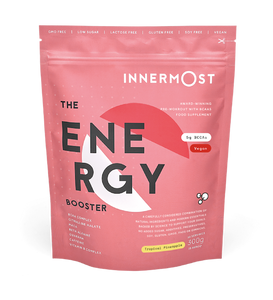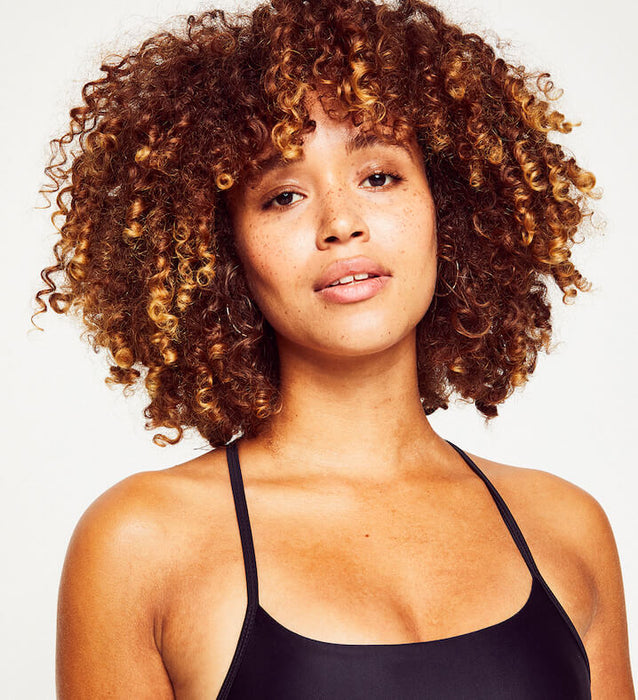There is nothing better than having a great night’s sleep and waking up to feel bright, fresh, and ready for the day. Sadly, that’s not the case for some people. So many factors can play into a bad night’s sleep. Perhaps your room is too hot, or your stressed and have a lot of things playing on your mind. Or outside noise is disturbing you. It can be hard to create that perfect sleeping environment. That’s why a lot of people tend to use white noise machines to help regulate outside noise and distract themselves for that ideal gateway into dreamland. But did you know that there are three types? White, pink, and brown, but what actually are they and how do they help you sleep?
White noise
White noise is a combination of sounds at different frequencies from across the spectrum, which are audible to human ears. It’s a broad spread of high, medium, and low frequencies. It can sound like TV static or radio static. The National Library of Medicine has conducted studies that show white noise has a positive effect on cognitive performance, from helping us concentrate to even calming babies down from crying. It's even proven to help with symptoms of ADHD (attention deficit hyperactivity disorder). White noise is most known to help people sleep, by calming you and drowning out any external noise or internal thoughts, aiding you switch off and fall asleep.
Pink noise
Pink noise is similar to white noise in the sense that it's from a range of different frequencies on the spectrum that are still audible to the human ear. However, pink noise is a higher decibel in the lower frequency and softer at the higher frequency end, resulting in much lower sound than white noise. An example of pink noise could be gentle waves, heavy rain, or leaves rustling.
There have been studies that prove listening to pink noise can help adults have a deeper sleep and even improve cognitive performance. Frontiers in Human Neuroscience have found that acoustic stimulation increases slow wave activity in young adults and help to improve the long-term memory as well as sleep.
Brown Noise
Brown noise is similar to pink noise as it is a collection of sounds from the spectrum, however its even louder in the lower frequencies resulting in a rougher sound. Something like thunder, heavy rain, or the roar of a river. Some people can struggle with sleeping because of a condition called Tinnitus which shows symptoms of hearing a ringing or humming sound all the time. Brown noise has been known to help tinnitus symptoms by drowning out the sound allowing people to relax and get to sleep.
How do these help you sleep?
White noise machines have existed since the 17th century, with researchers studying on a range of different ages and how it’s been utilised and adapted. It has been found that adults fell asleep 38% faster while listening to white noise. People from a range of backgrounds have been positively affected. Critically ill patients in a noisy hospital listened to white noise with headphones in and they found it much easier to get to sleep. New Yorkers found it helped to drown out the street noise.
You might find if you live in a city there can be sudden loud noises, or even quieter sounds that stand out from the silence when something sudden occurs it rases your heart-rate and disturbs your deep sleeping. White noises can mask those sudden sounds allowing a level of consistency that won’t disturb you. It also helps to distract you from stressful thoughts keeping you up, by listening to the noise you can concentrate on that one thing instead of the countless thoughts.
Pink and brown noise helps people who may be used to constant sounds. For example, if you are used to living in a city or by the sea and you stay away or move house, the silence can be too quiet. If you have background noise such as heavy rain or waves you are putting those familiar sounds back into your sleeping environment.
What you need to consider when using white noise
There are many ways you can incorporate white, pink, and brown noise into your environment, and there are a few things you need to consider before you start.
What you listen to the white noise on
The easiest way to get white noise is downloading an app for you phone or tablet. There are lots of apps you can get for different levels of white, pink, and brown noise. This is great for those who have a smaller budget or are travelling and need something portable. White noise machines are also available that are larger and a bit more expensive but provide better quality and are beneficial for people who don’t want to sleep next to their phone.
Volume
If you haven’t used white noise before you may find it strange at first. Start off with a quieter volume while you’re testing out what noises work best for you. Once you have got used to your noise you can turn up the noise to get the best results. This is something consider if you are buying a white noise machine as they may come in different levels of volume so make sure you research which machine will have the best volume for you.
Timers
White noise machines can also have timers; this is something you can adjust how you wish but every machine is different so before you buy make sure you know if you want the machine to switch off or stay on and how likely this is to affect you.
Type of sound
Make sure you test out different sounds before committing to a white noise machine. It may be that the pink noise and brown noise work best for you in which case an app would be beneficial.
What pairs well with white, pink, and brown noises
Listening to noises can help you sleep, pair them with other factors and you will certainly have that ticket to dreamland. Adding certain nutrients into your diet can really help with your routine and enhance your ability to sleep.
Sleep supplements are a great way to get extra nutrients to help relax and calm your body. The Relax Capsules are created with ingredients such as, Lions mane which reduces symptoms of anxiety and acts as an anti-inflammatory allowing your mind to settle down and switch off. L-Glycine is essential to the body’s synthesis, ashwagandha also relieves stress and anxiety. Valerian root and L-theanine increases your levels of gamma-aminobutyric acid which reduce unwanted nervous system activity therefore helping to you sleep better.
Along with enhancing your diet, exercise can help to unwind your mind and release those vital dopamine’s that encourage a healthier mindset and de-stress. You can stretch to combat stress and walk or run to clear your mind. But it is not just all about keeping fit, making sure you’re not endlessly scrolling through your phone and stimulating your mind with the blue light is also very important to allow you to settle down much quicker.
If you pair all of these things with your white, pink or brown noise, you are set for a great night’s sleep. With you body nourished and exercised, and your mind unwound and occupied with the gentle sound of leaves rusting or waves crashing your nights sleep will considerably improve.



















